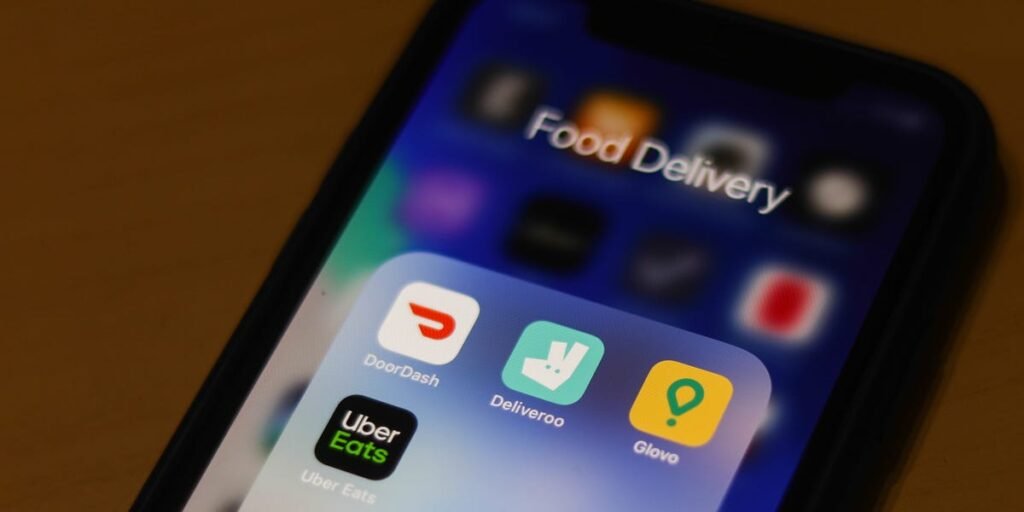Last year, I made a decision that felt small at the time but has dramatically changed my habits, finances, and relationship with food: I stopped ordering delivery.
That decision meant no more impulse Uber Eats orders at 9 p.m., no more delivery fees, service fees, or tipping calculators haunting me after a $12 meal somehow turned into $31.
I didn’t start with a grand plan. Instead, it began with a simple challenge to myself: one month, no food delivery.
But that month stretched into two, then six, and now 18. I’m not sure I’m ever going back.
I was spending too much on delivery
The break began with burnout. I was tired of food showing up soggy, cold, or wrong. I was tired of spending more to get less, especially when I knew I had ingredients sitting in the fridge. I was also growing more conscious of how often I was outsourcing something I could reasonably do myself.
Before this experiment, I averaged about three delivery orders a week. Some weeks, more. I was sometimes paying about $100 a week for deliveries total.
Even if I deduct the base cost of the food I would’ve eaten anyway, the delivery fees — often an extra $10 — and inflated menu prices added up fast.
There was also a deeper discomfort: I realized I wasn’t choosing convenience. I was choosing to avoid any interaction with my kitchen, even if it cost me significantly more. That realization felt wasteful, both financially and emotionally.
I made cooking easy for me
I didn’t become a gourmet chef overnight, but I did start cooking with intention.
I now batch cook meals twice a week. I prep ingredients in advance. I freeze single portions of soups, curries, and stews so I always have something fast on hand.
I also gave myself permission to keep it simple. Dinner doesn’t have to be fancy. A boiled egg, toast, and a side of sautéed greens beat an overpriced, lukewarm meal any day.
When I’m tired or busy, I rely on ready-made grocery items like rotisserie chicken, salad kits, or frozen dumplings. I also keep my favorite sauces stocked so I can easily dress up whatever’s in the fridge.
There have been surprising perks
Aside from saving money, the biggest benefit has been feeling more in control. Food no longer arrives at my door passively. I choose what I eat, how it’s made, and how much I spend.
I’ve also gotten better at listening to my hunger. With delivery, I’d often order before I was actually hungry or because I was bored or overwhelmed.
Cooking introduced a natural pause. It made me ask: Am I hungry or just avoiding something else?
There’s also joy in the small wins — like nailing a dish I used to only order at restaurants or finishing the week without any food waste.
I’ll be honest: I do occasionally miss the thrill of a hot pizza showing up at my door or the convenience of delivery after a long day. But I’ve found workarounds — like keeping a frozen pizza in the fridge or grabbing takeout on the way home.
Yes, I still allow myself takeout — just not delivery. The key distinction for me is intentionality. Picking up food once a week feels like a treat. Ordering delivery three times a week felt like a problem.
I’m not going back
Quitting delivery didn’t just save me money; it recalibrated my relationship with food, spending, and how I care for myself.
I no longer treat cooking like a chore or delivery like a reward. I treat both as tools, and I’ve learned which one serves me better.
Eighteen months later, I don’t miss the fees, the cold fries, or the mindless scrolling through delivery apps. I miss nothing enough to trade in what I’ve gained: simplicity, savings, and a stronger sense of self-reliance.
Read the full article here

















